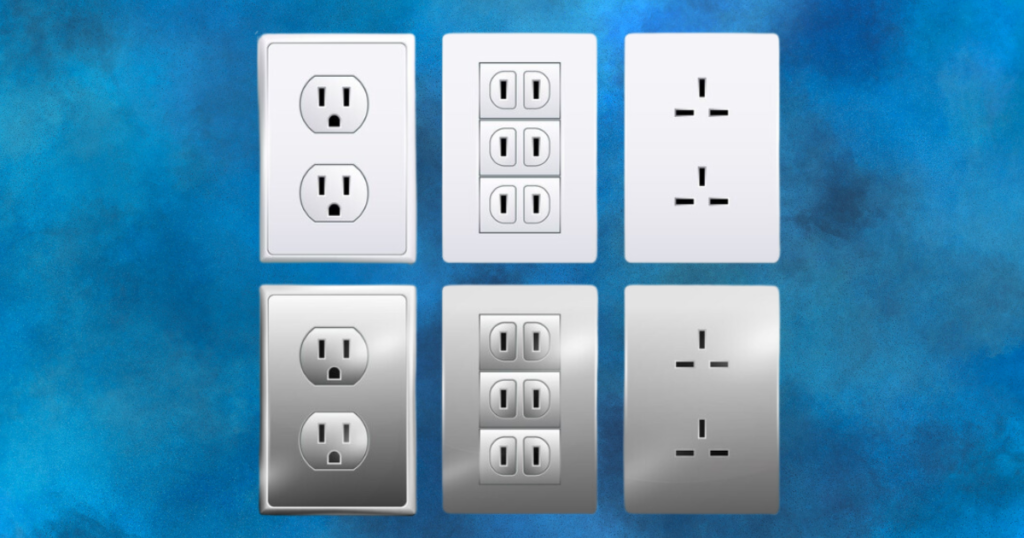
Ground Prong Up or Down? The Best Orientation for Electrical Outlets
When it comes to installing electrical outlets, a common debate is whether the ground prong should be positioned up or down. This detail, though seemingly small, can have significant implications for both safety and functionality. In this blog, we’ll delve into the reasons behind each orientation and help you make an informed decision for your electrical installations.
Understanding Electrical Outlet Orientation
Standard electrical outlets feature three prongs: hot, neutral, and ground. Typically, the hot prong is on the right, the neutral on the left, and the ground prong is either on the top or bottom, depending on the installation.
Arguments for Ground Prong Down
The majority of outlets are installed with the ground prong down. Here’s why this orientation is popular:
- Ease of Use and Appearance: Many people find that cords hang more naturally and securely with the ground prong down. This orientation often looks more aesthetically pleasing and aligns with the design of most electrical devices and plugs.
- Established Norm: Historically, the ground-down orientation has been the standard in many regions. This consistency aligns with user expectations and conventional practices.
Arguments for Ground Prong Up
Despite the prevalence of the ground-down orientation, there is a compelling case for installing outlets with the ground prong up:
- Enhanced Safety: The primary reason for the ground prong up is safety. If a metal object (such as a loose wire or a falling picture frame) were to land on a partially plugged-in outlet, it would make contact with the ground prong first, potentially preventing electrical shorts and reducing fire hazards.
- Compliance with Certain Codes: While not universally required, some building codes and safety standards recommend or mandate the ground prong up, particularly in commercial or industrial environments where the risk of accidental contact with live wires is higher.
Practical Considerations and Local Preferences
Several practical factors and regional preferences can influence the orientation of electrical outlets:
- Outlet Cover Types: For flat outlet covers, the orientation might not matter much. However, for decorative or protective covers, a ground-up position might be preferable to avoid design interference.
- Local Building Codes: Always check local building codes before installation. Some areas have specific requirements based on safety studies and local practices.
- Personal Preference: In residential settings, the decision often comes down to personal preference. If you feel more comfortable with a particular orientation and it meets safety standards, that choice is valid.
Conclusion: Which Orientation is Best?
So, should you install your electrical outlets with the ground prong up or down? The best orientation depends on your specific needs and considerations. Both positions have their advantages:
- Ground Down: Favored for aesthetics and traditional practices, widely used in residential settings.
- Ground Up: Recommended for increased safety, especially in environments with higher risks of accidental contact with live wires.
Consider safety implications, local building codes, the type of outlet covers, and your personal preferences when deciding the orientation of your outlets. Ensure that the installation is done correctly and safely by adhering to standard electrical practices.
Need Expert Assistance?
If you’re uncertain about the best way to install your electrical outlets or need professional help, call us at (305) 442-2799. Our skilled electricians are ready to provide expert advice and reliable installation services to ensure your electrical system is both safe and efficient. Contact us today!